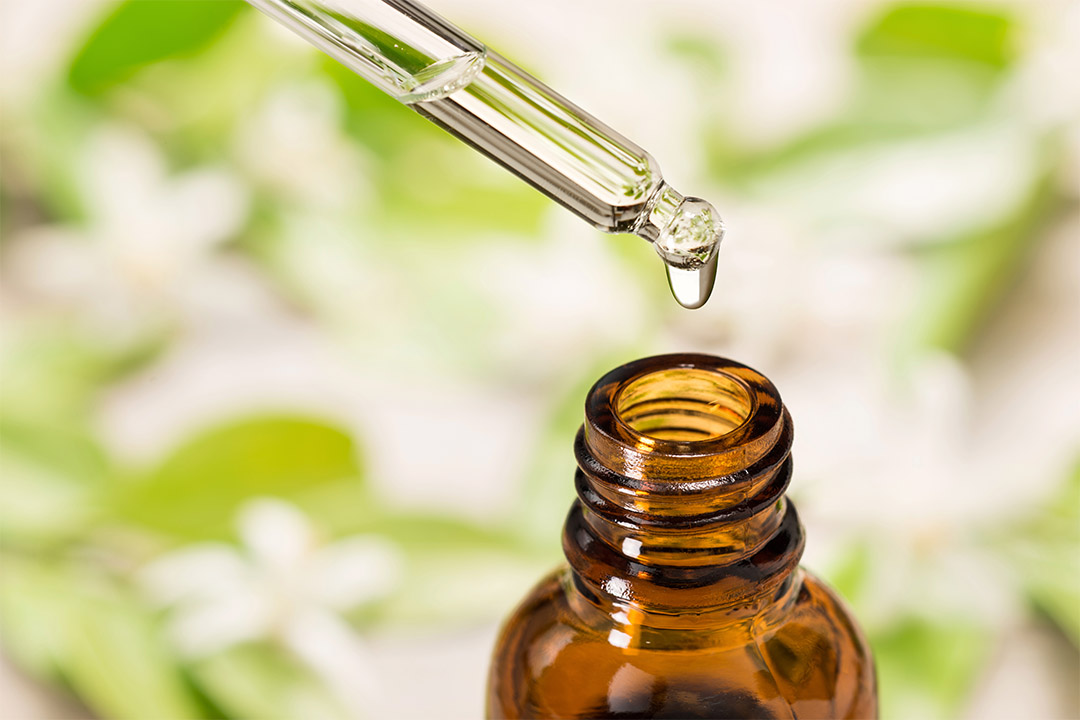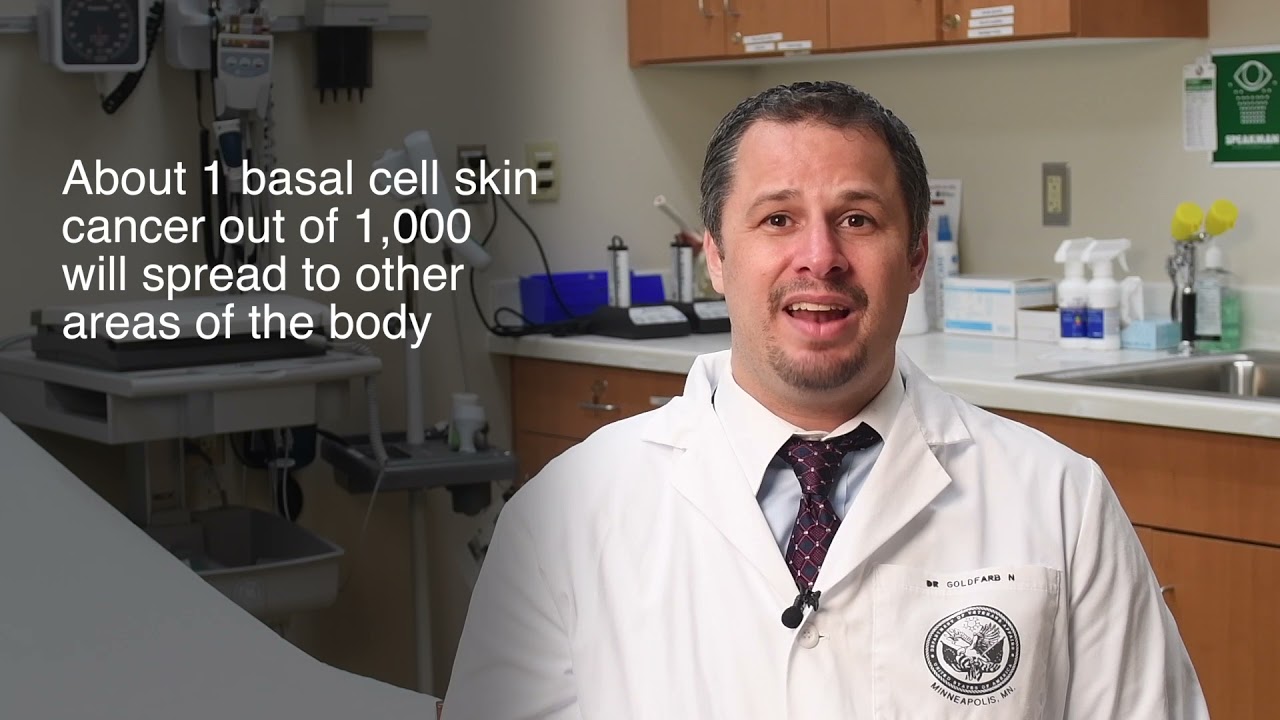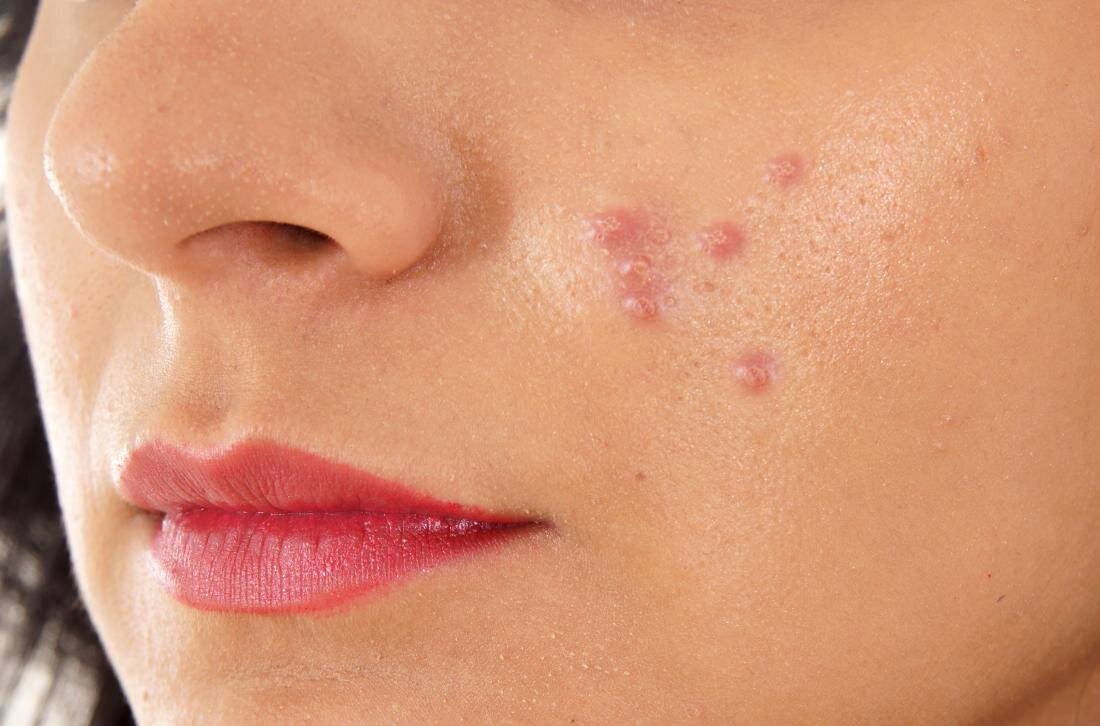Basal Cell Carcinoma - The Effects Of Essential Oils
Cancer of the skin, specifically basal cell carcinoma (BCC), is the most frequent form of all cancers. Skin cancer accounts for the majority of all cancer cases. In the United States of America, each year it is anticipated that more than 2 million instances of basal cell carcinoma are diagnosed. In addition, because the frequency of BCC is increasing all over the world, it has become a serious health issue in regards to the expenditure of medical care.
Author:James PierceReviewer:Karan EmeryOct 07, 20226 Shares228 Views

Cancer of the skin, specifically basal cell carcinoma(BCC), is the most frequent form of all cancers. Skin cancer accounts for the majority of all cancer cases.
In the United States of America, each year it is anticipated that more than 2 million instances of basal cell carcinoma are diagnosed.
In addition, because the frequency of BCC is increasing all over the world, it has become a serious health issue in regards to the expenditure of medical care.
Even though most basal cell carcinomas grow slowly and rarely spread to other parts of the body, they can still do a lot of damage and look bad in the area where they are.
They do this by invading the tissues around them.
Patients could also get BCC again, BCC that has grown locally, or BCC that has spread to other parts of the body.
In the past, localized and advanced BCC were treated with both surgical and nonsurgical methods.
In Ayurvedic and traditional Chinese medicine, aromatic gum resins known as frankincense are used to cure a wide range of health problems.
These gum resins are derived from trees in the family Burseraceae that belong to the genus Boswellia.
Boswellia species have gum resins and gums that contain powerful compounds that fight cancer.
In animal models, it has been shown that frankincense extracts can stop tumors from growing and cause tumor cells to die.
What Is Basal Cell Carcinoma?
Basal cell carcinoma (BCC) is a frequent, locally invasive, keratinocyte malignancy (also known as nonmelanoma cancer).
It is the type of skin cancer that occurs most frequently.
Rodent ulcer and basalioma are two other names for basal cell carcinoma.
Patients who have BCC often get more primary tumors as their illness progresses.
The following are some of the risk factors for BCC:
- Age and sex:Basal cell carcinomas are more common in older men. Nevertheless, women and younger individuals are also affected by them.
- Previous diagnosis of basal cell carcinoma or another type of skin cancer (squamous cell carcinoma or melanoma).
- Sun damage (photoaging, actinic keratoses).
- A history of previous sunburns on multiple occasions.
- Characteristics like fair skin, blue eyes, and blond or red hair. BCC can also afflict people with darker skin types.
- Previous skin injuries, such as thermal burns and diseases like cutaneous lupus and sebaceous nevus.
Some inherited conditions that can make you more likely to get basal cell carcinoma are Xeroderma pigmentosum, Bazex-Dupré-Christol syndrome, Oley syndrome, Rombo syndrome, and basal cell nevus syndrome.
Some of the other risk factors are exposure to ionizing radiation or arsenic and a weakened immune system caused by illness or the use of drugs.

Basal cell carcinoma educational video
What Are Essential Oils?
Essential oils are concentrated plant extracts.
They are made by steaming or pressing different parts of plants, like the flowers, bark, leaves, or fruit.
Aromatherapy is the practice of taking essential oils in through one's nose, and essential oils can also be applied topically, meaning they can be rubbed onto the skin.
There are over 400 essential oils available for purchase, and a significant number of them can be found in well-known brands of cosmetics and toiletries.
The following are some of the most well-known oils:
- Frankincense
- Lavender
- Tea tree
- Peppermint
- Lemon
- Rosemary
- Chamomile
- Eucalyptus
- Ginger
- Marjoram
Essential Oils For Health And Wellness
Since the beginning of time, people have made use of essential oils.
Aromatherapy may be traced all the way back to ancient Egypt, where it was used by early healers through the use of plant extracts.
However, ancient Egypt was not the only region of the world to take advantage of the medical benefits of essential oils at the time.
Other parts of the world are included.
Both China and India were conducting research into the potential therapeutic uses of plants, which has since evolved into an important component of Ayurvedic practice in India.
Aromatherapy has been used for a long time, but it has only recently become popular as a natural and holistic supplement.
This is despite the fact that it has been shown to have a number of significant health advantages.
Today's medical world is changing quickly, and more and more people are looking for supplements and treatments that come from natural sources.
Many people now consider aromatherapy as a natural alternative to the many dangerous medications and chemicals that are frequently used to treat common health problems.
This is because aromatherapy is based on the use of essential oils.
Essential Oils And Skin Cancer
In May 2019, the medical journal Oncotarget published the results of a study on the effects of frankincense oil on melanoma skin cancer.
Researchers discovered that the oil prevented the growth of melanoma in mice that had melanoma tumors grafted onto them.
In a 2013 case report on a single patient, OA Alternative Medicine, researchers wrote about what happened when they used frankincense oil on a man with basal cell carcinoma on his arm and chest.
Biopsies were taken before and after the oil was administered many times every day for 20 weeks.
Malignant spots that were treated with frankincense oil responded to the treatment, and no side effects were found.
According to the authors' report, the BCC on the arm completely resolved following therapy, while the BCC on the chest significantly improved.
However, they did advise that a broader investigation be carried out.
Also, there are many different ways to make essential oils, which makes it less likely that a different patient would have the same experience as this one.
Despite the fact that the results of these two studies seem to be promising in favor of the use of essential oils for the treatment of skin cancer, it's important to keep in mind that the available evidence is limited and that the first study was conducted on inbred mice, the most widely used cancer model but one that is, regrettably, a poor indicator of what will work in humans.
More research with a broader human population is required before this alternate strategy may be used as a treatment.
Other scientific studies back up the idea that essential oils can help with nausea and vomiting that can happen during cancer treatment.
In some cancer patients, the oils may also enhance the quality of life and reduce anxiety.

Understanding Basal Cell Carcinoma (Skin Cancer #4)
A Case Study Of Basal Cell Carcinoma
When a 56-year-old man went to see his physician, he had a skin lesion on the right side of his chest as well as on the left upper arm of his left arm.
According to him, the lesions had been there for a considerable amount of time.
There was no itching or discomfort associated with these lesions.
The patient was given a diagnosis of squamous-cell carcinoma and underwent treatment in the operating room three years ago.
Melanoma or any other form of skin cancer had not been found in her family's medical history.
Shave biopsies were performed on both of the lesions in question.
The superficial, nodular, and infiltrative development pattern of the BCC that was found on the chest was identified, and the nodular basal cell carcinoma that was found on the arm was diagnosed.
The fact that both samples were only partially removed showed that the patient still had basal cell carcinoma.
Dr. KM Fung, an anatomic pathologist who is board-qualified, verified the diagnosis after reviewing the slides of the pathology examination.
The Management And Outcome
Both of the lesions were treated topically with frankincense essential oil that was derived through hydro-distillation for a period of four months.
The treatment consisted of multiple applications each day.
At the conclusion of the treatment, the BCC that had been on the arm had entirely vanished, and the skin had healed without any bumps or scars.
When a biopsy was done on this area, the tissue showed only localized and mild chronic inflammatory cell infiltration and scar formation, but there was no sign of any BCC that had not been removed.
While the patient was getting treatment, the chest lesion got smaller and smaller, as seen by a physical examination.
At the end of the treatment, the primary lesion was about 20% smaller than it had been at the start.
According to the findings of the histological examination, there was significant scar formation.
On glass slides, a BCC focus that was still there measured up to 1.3 mm at its biggest point.
On the slides of the histological examination, it was estimated that this focus made up about 10% of the overall volume of the biopsy material.
This post-treatment lesion contained a significantly higher number of pyknotic and apoptotic cells when compared to the first biopsy, which only contained a small number of these types of cells.
Even though the first biopsy showed that the cancer was infiltrating, the biopsy after treatment showed that most of the lesion was made up of nodular BCC.
Treatment for superficial BCC often consists of topical medicines that do not require surgery.
When someone has basal cell carcinoma, conservative treatments like photodynamic therapy and topical medicines can be helpful.
Both imiquimod and fluorouracil have been given the green light by the Food and Drug Administration (FDA) to be used as topical medicines in the treatment of BCC.
The cream containing 5% imiquimod is applied topically for six weeks or longer, and the response rates range from 80% to 90%; the cream containing 5% fluorouracil is applied twice daily for three to six weeks, and the response rates are higher than 80%.
Both creams are effective in treating the condition.
Different groups may have very different opinions about either of these treatments, and all of the qualities of the treatment are very important in deciding which one to use.
In addition to the chance of cure and the cost of these treatment options, patients often worry about how these treatments will affect their appearance and what side effects they will have.
People Also Ask
What Essential Oil Is Good For Basal Cell Carcinoma?
Local application of frankincense essential oil may be a non-surgical way to treat carcinoma in situ, minimally invasive carcinoma, and precancerous diseases like actinomycosis, with no or few side effects.
Is Tea Tree Oil Good For Basal Cell Carcinoma?
Researchers at The University of Western Australia think that tea tree oil could be used in the future to treat precancerous lesions and skin cancers that are not melanoma in a quick, cheap, safe, and effective way.
What Does The Beginning Of Basal Cell Carcinoma Look Like?
The first sign of a basal cell carcinoma is a small, "pearly" bump that looks like a persistent pimple or a flesh-colored mole.
These growths might occasionally appear dark.
Or you might notice shiny, slightly scaly pink, red, or both spots. A waxy, hard skin growth is another sign to be on the lookout for.
Can You Pick Off Basal Cell Carcinoma?
Take note of the crimson hue and the nearly iridescent appearance.
Although they seldom metastasize, these tumors can spread and should be removed.
A basal cell carcinoma on the face should typically be removed using a specialist procedure called Mohs surgery to reduce scarring and deformity.
Conclusion
There isn't really any conclusive proof to date that essential oils are useful at preventing skin cancer.
The essential oil of frankincense is made by hydro-distilling gum resins from the Boswellia species.
This oil has the potential to fight cancer by changing several signaling pathways and causing cancer cells to die in a caspase-dependent way.
It is possible that frankincense essential oil will be a safe and efficient topical treatment for BCC once we have a better grasp of biological constituents and their mechanisms of action.
If you have skin cancer and wish to use essential oil to reduce the stress related to the diagnosis and treatment, talk to your doctor first.
However, essential oils should not be used in place of regular medical care, however.

James Pierce
Author

Karan Emery
Reviewer
Latest Articles
Popular Articles
